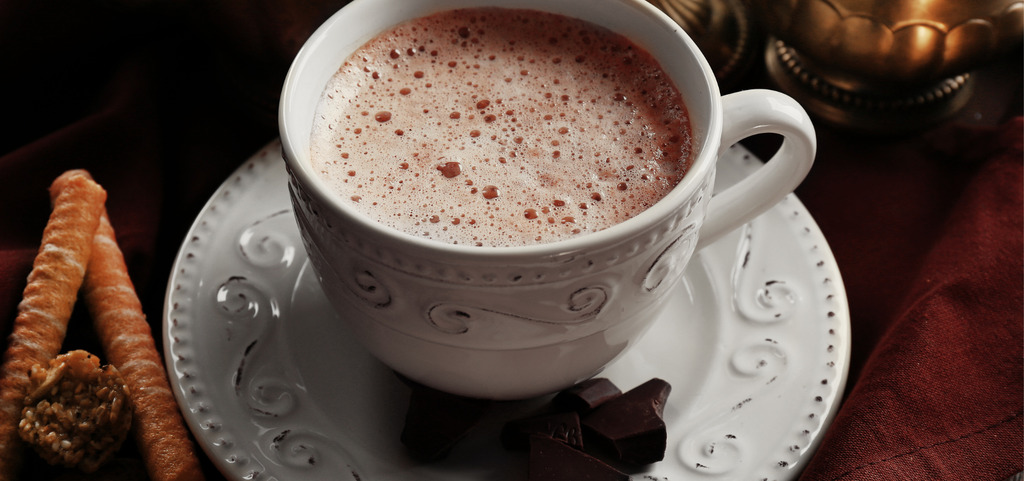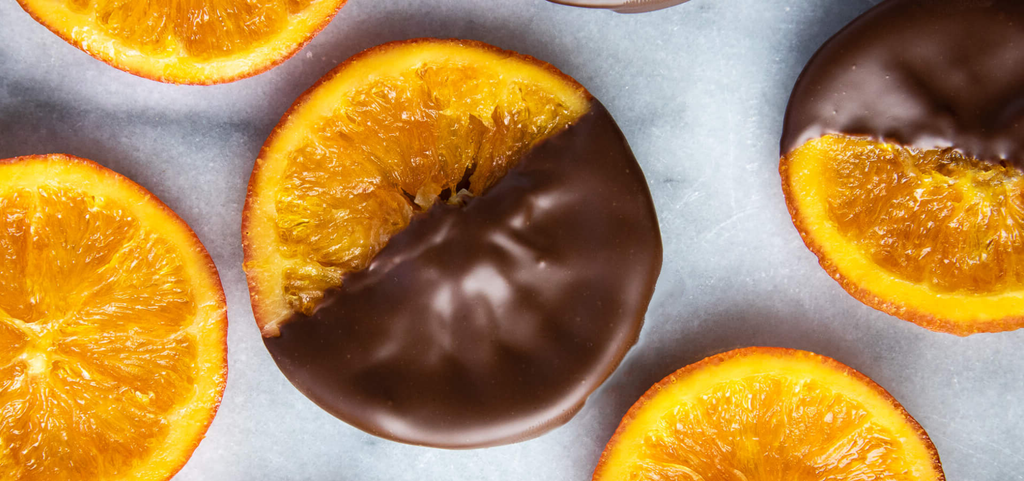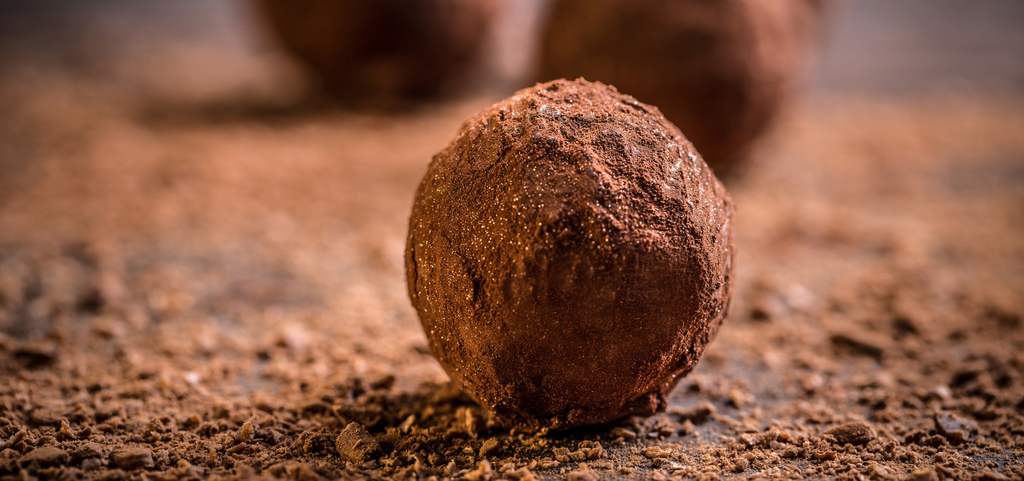
How To Temper Chocolate At Home

A complete, easy-to-follow guide to achieving glossy, snappy, beautifully tempered chocolate at home — using simple tools and reliable techniques.
Why Temper Chocolate?
Tempering is the process of encouraging cocoa butter to form the strongest type of crystal structure (Type V). When done correctly, your chocolate will:
✔️ Set glossy and smooth
✔️ Have a crisp, clean snap
✔️ Hold its shape at room temperature
✔️ Release cleanly from moulds
✔️ Taste better and melt beautifully in the mouth
And yes — it’s absolutely achievable at home.
The Three Main Tempering Methods
We recommend the Microwave Method or the Seeding Method for home cooks. The classic marble slab method is beautiful, but far too messy and impractical in most kitchens.
1. Microwave Tempering (The Canny Favourite!)
Best for: beginners, small batches, bark, mendiants, dipping, decorations
How To:
1. Chop your chocolate into even pieces.
2. Place into a microwave-safe plastic bowl (plastic heats gently).
3. Heat for 20 seconds, then stir thoroughly.
4. Continue in 10–15 second bursts, stirring each time.
5. Stop heating when about one-third is still solid.
6. Stir until the remaining chocolate melts from residual heat.
Do not let it exceed these temperatures:
Dark chocolate – 31–32°C
Milk chocolate – 29–30°C
White chocolate – 28–29°C
If chocolate starts setting within 3–5 minutes, looks shiny and snaps cleanly later — you’ve nailed it.
2. The Seeding Method (Controlled & Reliable)
Best for: bigger batches, moulded chocolates, anyone with a thermometer
How To:
1. Melt two-thirds of your chocolate gently in the microwave.
2. Heat until:
Dark – 45–50°C
Milk – 40–45°C
White – 38–40°C
3. Remove from heat.
4. Add the remaining one-third chopped chocolate (“the seed”).
5. Stir constantly until fully melted and cooled to:
Dark chocolate – 31–32°C
Milk chocolate – 29–30°C
White chocolate – 28–29°C
Keep stirring — agitation forms the correct crystal structure.
3. The Marble/Slab Method (Classic but Impractical)
This traditional professional technique involves spreading melted chocolate onto a marble slab and working it back and forth with scrapers until it thickens before recombining it with warm chocolate.
It’s beautiful, theatrical, and excellent for large volumes — but messy and unnecessary at home.
Quick Tempering Temperature Table
Use these as your go-to:
Dark Chocolate
Melt: 45–50°C
Cool/Use: 31–32°C
Milk Chocolate
Melt: 40–45°C
Cool/Use: 29–30°C
White Chocolate
Melt: 38–40°C
Cool/Use: 28–29°C
The Science (Simple Version!)
Chocolate contains cocoa butter, which can form several types of crystals. Only one — Type V — gives chocolate its perfect snap and shine.
Tempering is simply the process of melting all the crystals, then cooling to form mostly Type V.
That’s why temperature and stirring matter.
What Chocolate Should You Use?
Couverture chocolate (like Valrhona, Callebaut, Luker etc.) is ideal because it contains more cocoa butter, making it smoother and easier to temper.
Supermarket “cooking chocolate” often contains added fats — it cannot be tempered reliably.
At The Canny Chocolate Co., we always use high-quality couverture for consistent shine, snap, and flavour.
How to Tell If Your Chocolate Is Tempered
Look: shiny and streak-free
Touch: sets at room temperature within minutes
Break: crisp snap, no crumbs
Moulding: releases cleanly
Troubleshooting
My chocolate looks dull or streaky: It fell out of temper. Re-melt gently and try again.
It’s thick and lumpy: It overheated or encountered water. Add a little fresh chocolate or start again.
It won’t set: Too warm. Drop temp by stirring in extra finely chopped chocolate.
White spots? Fat bloom. Caused by incorrect temperatures or warm storage.
FAQs
Can I temper without a thermometer?
It is best to use a thermometer when starting out, but yes — with a little practice and patience, the microwave method works brilliantly by feel and appearance.
Why did my chocolate seize?
A single drop of water causes clumping. Make sure bowls are completely dry.
Can I re-temper chocolate?
Yes — chocolate can be melted and tempered many times.
Can I use a metal bowl?
We recommend plastic bowls.
Why does UK humidity matter?
High humidity causes sugar bloom. Work in a cool, dry room when possible.
Our Canny Tips...
Use good-quality couverture — it behaves reliably.
Stir more than you think you need to — movement creates the right crystals.
If in doubt, trust the microwave method — it’s saves a lot of mess in a home kitchen!
Try Your New Tempering Skills With These Recipes






